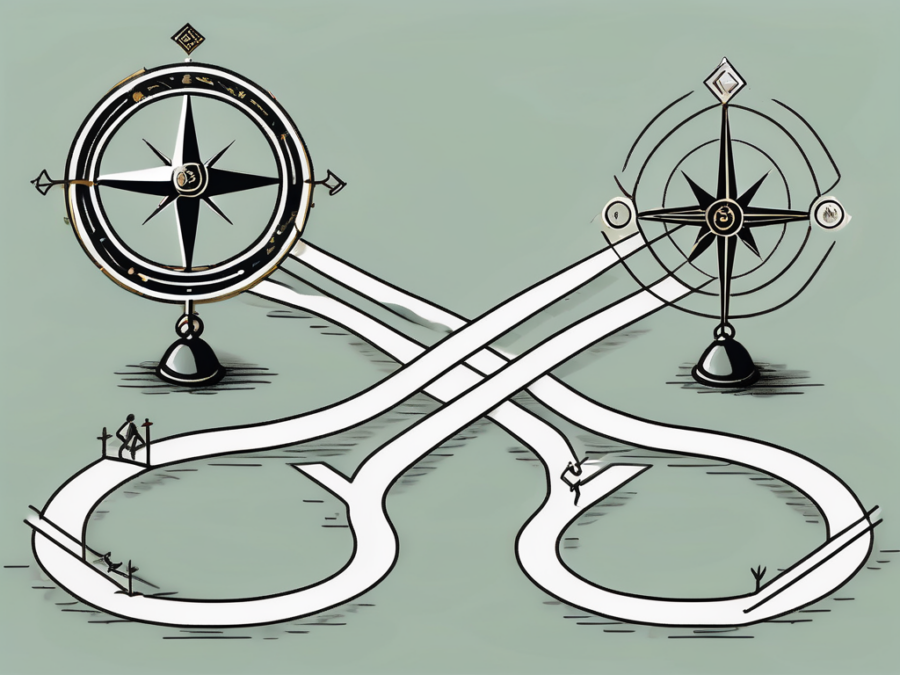In the world of fashion, the line between online and offline experiences is rapidly blurring. The rise of digital technology has transformed the way consumers shop, leading to the emergence of omnichannel retail – a seamless approach that integrates physical stores with digital platforms. This article delves into the intricacies of omnichannel fashion, exploring how it blends online and offline experiences for growth.
The Evolution of Omnichannel Fashion
The concept of omnichannel retailing is not new, but its application in the fashion industry has evolved significantly over the years. Initially, retailers viewed online and offline channels as separate entities, with distinct strategies for each. However, as consumer behaviour changed, the need for a more integrated approach became apparent.
Today, omnichannel fashion is about creating a seamless shopping experience that transcends physical stores and digital platforms. It involves leveraging technology to provide consumers with a consistent, personalised experience, regardless of how they choose to shop. This shift towards omnichannel retailing has been driven by several key trends.
Consumer Expectations
Modern consumers expect a seamless shopping experience, with the ability to switch between online and offline channels at their convenience. They want the flexibility to browse products online, try them on in-store, and make purchases from their mobile devices. This demand for convenience and flexibility has been a major driving force behind the rise of omnichannel fashion.
Technological Advancements
Advancements in technology have made it possible for retailers to integrate their online and offline channels. From mobile apps and social media platforms to augmented reality and artificial intelligence, technology is enabling retailers to create a seamless, personalised shopping experience for consumers.
Implementing Omnichannel Fashion Strategies
Implementing an effective omnichannel strategy involves more than just integrating online and offline channels. It requires a deep understanding of consumer behaviour, a commitment to personalisation, and a willingness to embrace technology.
One of the key aspects of omnichannel retailing is consistency. Consumers should be able to move between online and offline channels without noticing a difference in the shopping experience. This means that the branding, messaging, and product offerings should be consistent across all channels.
Personalisation
Personalisation is another crucial element of omnichannel retailing. By leveraging data and technology, retailers can create personalised shopping experiences that cater to the individual needs and preferences of each consumer. This can involve personalised product recommendations, targeted marketing campaigns, and customised shopping experiences.
Technology
Technology plays a central role in omnichannel retailing. From mobile apps and social media platforms to augmented reality and artificial intelligence, technology is enabling retailers to create a seamless, personalised shopping experience for consumers. By embracing technology, retailers can stay ahead of the competition and meet the evolving needs of consumers.
The Future of Omnichannel Fashion
The future of omnichannel fashion is bright, with many exciting opportunities on the horizon. As technology continues to evolve, retailers will have even more tools at their disposal to create seamless, personalised shopping experiences. This will not only enhance the shopping experience for consumers, but also drive growth for retailers.
However, the success of omnichannel retailing will ultimately depend on how well retailers can adapt to changing consumer behaviour and leverage technology to meet their needs. Those that can effectively blend online and offline experiences will be well-positioned to thrive in the future of fashion.
Conclusion
Omnichannel fashion represents a new era in retail, one that is driven by consumer expectations, technological advancements, and the need for personalisation. By blending online and offline experiences, retailers can create a seamless, personalised shopping experience that drives growth and sets them apart from the competition.
As the line between online and offline continues to blur, the importance of omnichannel retailing will only continue to grow. Retailers that can effectively navigate this new landscape will be well-positioned to thrive in the future of fashion.





























Very interesting topic, thanks for posting.